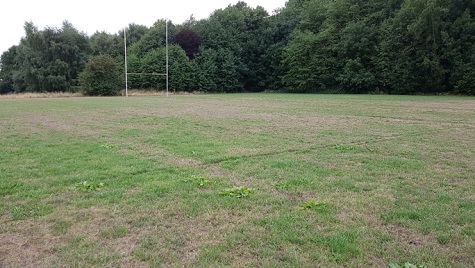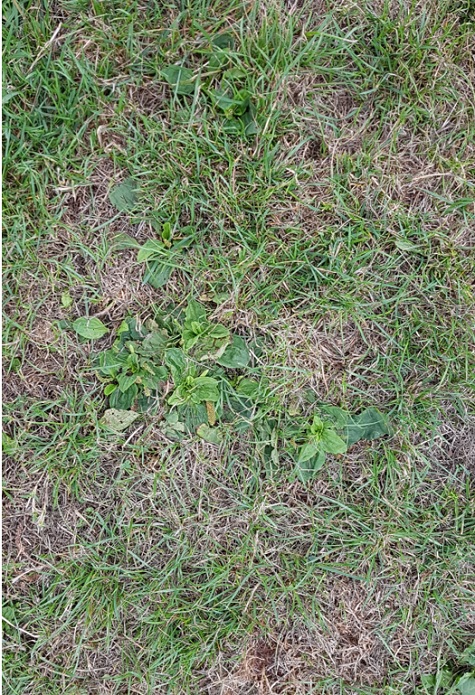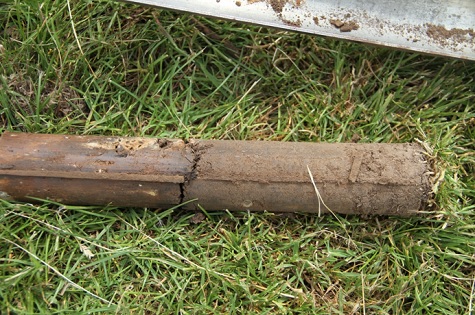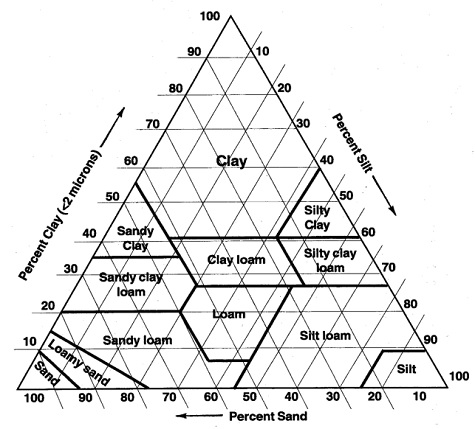It certainly has been a challenging year for us all, with the weather affecting our growing season in many ways. In fact it's fair to say that all aspects of our industry have been affected in one way or another.
The prolonged dry spell has been compared to 1976, one of the hottest driest years on record. I remember that year well, I was working on Cocks Moors GC and spent the whole summer hand watering greens just to keep them alive. No doubt many golf courses have struggled to keep their course watered with irrigation systems running on maximum capacity.

Plenty of grassroots playing pitches will also have suffered, especially those with no watering facilities leaving them prone to the weather. Once soils become hydrophobic they repel water and when they are dried it can be difficult to re-wet them. Irrigation water will run off, evaporate and be wasted.
Hydrophobic conditions are often caused by a waxy coating on soil particles. The coating may form as a result of wax eroded from leaves, exudates from roots and fungi, decomposing organic matter and waste products from biological sources. A variety of wetting agents are available to overcome the problem. Without the aid of watering facilities, we are in the lap of the gods, waiting for some much-needed rainfall.

The net result of this ongoing dry weather has left us with many dried-out, bone-hard playing surfaces, with large areas of dead grass and a lot of weeds such as broad leaf plantains. Without doubt it will take time for these pitches to recover naturally. In most cases they will benefit from help in terms of undertaking some renovation work such as scarifying, deep aeration, weed killing and overseeding while soil and air temperatures remain favourable.
However, for many natural soil-based pitches, it is more about the lack of maintenance and understanding about the type of pitches you are managing. Understanding your soils and how to manage them will go a long way to producing a decent playing surface.
The benefits of a having uniform soil texture and good soil structure are:-
- High drainage rates
- Increased root development
- Surface able to withstand wear
- Positive air circulation – healthy microbial population
- Reduced incidence of disease
- Drier surface
Knowledge and understanding of soil physical properties has always been important for professional turf managers when making decisions about maintenance operations and when carrying out reconstruction works. Precise soil knowledge, including information on boundaries between soil types, should result in more efficient use of fertilisers, pesticides and improved management practices - thus ensuring that the final managed outputs result in the production of economically safe, consistent, playable natural sports turf surfaces.
Soils can vary in many ways, both physically and chemically on a local or regional scale. Many factors, including original parent material source, climate, weathering processes, topography or history of the land use influence their properties. This soil variability gives rise to all the different soil types universally classified by soil texture composition. Soil composition (soil texture) is determined predominantly by mineral particles and organic matter content and can be classified by the percentage of sand, silt and clay mineral particle content.
The strength and permeability of any soil is determined by its structure, soil type, drainage capacity and how well it is managed. Soils will perform differently, governed by the amount of water, root mass and air there is in the soil matrix.
Determining soil texture can help you learn about possible restrictions and advantages of the soil. Soil texture is related to weathering and the parent material. The three basic texture classes are sand, silt, and clay, though many soils are a combination of these textures.

In the UK we have at our disposal several organisations that can help us identify what soils we have. One of them is the UK Soil Observatory that provides a soil mapping service that helps identify the predominant parent material soil by geographical location. However, taking a number of localised soil samples from your pitches will easily identify your soil type. Once you have taken some soil samples and sent them off for analysis you will need to test for particle size and nutrient status.
Once you have determined your soil type based on the soil results of giving you a percentage of clay silt and sand using a soil textural triangle you can identify what type of soil you have and how best to manage and maintain it to sustain plant growth.
